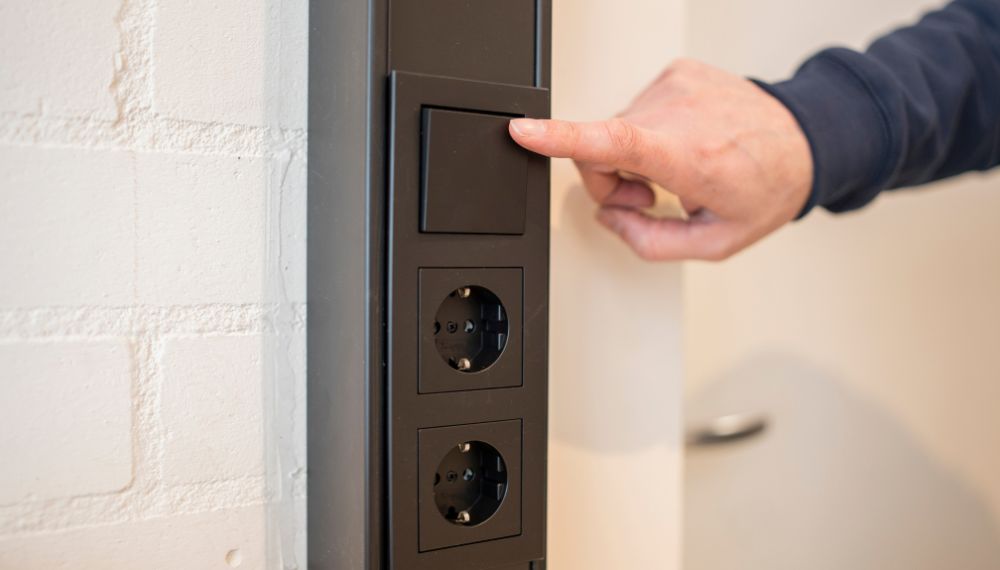Although we are increasingly using wireless connections, there are still many electrical cables. Cables for lighting, your computer, sound system, printer, television and so on. And for all those cables you also need a lot of connection points (sockets, or wall sockets). You can work with an extension cord with, for example, a 5-point socket, but that means an extra cable. A perfect solution for neatly concealing all those cables is the wall duct.
The difference between a wall duct and a cable duct
They are often mentioned in the same breath, but are not the same. A wall duct is, as the name suggests, placed on the wall and is made of plastic, sometimes steel. You attach a cable duct (always made of steel) to the ceiling. Cable ducts are mainly seen in industry, offices and shops, but also increasingly at home. In addition to hiding cables, you can do more with it: hang a lamp or a camera, but also party cards and streamers. They are also available in numerous colors.
But back to the wall tray: it is preferably located just under your desk, so that you do not see it. By the way, the wall gutter is worth seeing because it is increasingly available in nice colors and in any case in black, white and wood color. You can also opt for a floor gutter or plinth gutter.
Advantages of a wall duct
We've already said it before: with a wall duct you can tidy up all your cables and your house will look much neater. But there's more: you can place extra sockets in the wall duct! This way you can easily connect all your equipment and lighting where you want.
A wall gutter also means safety. Such a tangle of cables can lead to accidents. You can trip over them, and children certainly do that quite often. You can hurt yourself with this, but you can also break the equipment. Tangled cables are dust traps and difficult to keep clean, which is unhealthy, especially for people who are allergic to dust. And last but not least: pets, including cats, like to gnaw on cables, with all the dangers that entails.
Easily create additional electrical points
To make a socket , you have to drill and mill in the wall, but not if you opt for a wall trunking. This gives you extra sockets in a simple and affordable way. It saves time and money and is better for your wall. If you are a little handy, you can make wall trunking with sockets yourself. Because wall ducts are made of plastic, they are fairly easy to assemble.
3 Tips for wall gutters
- Tip 1: Choose the right color. Is the cable duct almost the same color as your wall? Then it is better to choose a contrast color or a neutral wall gutter in wood color. A cable duct in almost the same color as the wall is often just out of place
- Tip 2: Children over? Then use increased touch protection wall sockets
- Tip 3: Also look at the option of a skirting board gutter. This is a low cable duct that is equipped with raised modules in which you can integrate sockets or data points
For advice and questions you can always contact InElektro by email. During office hours you can also call and chat with our professional team.
